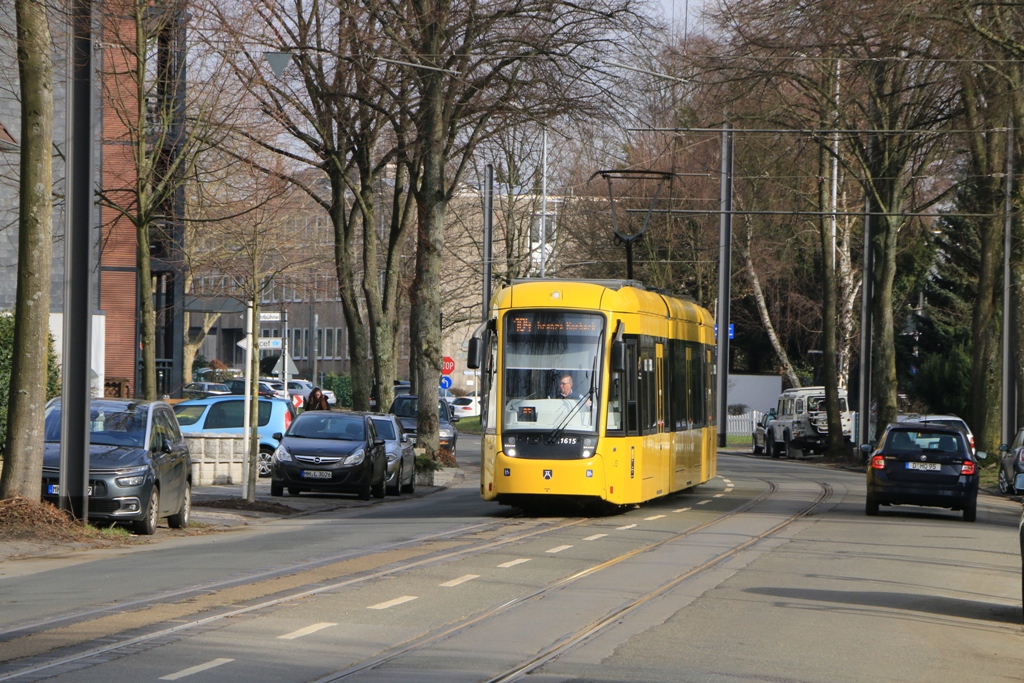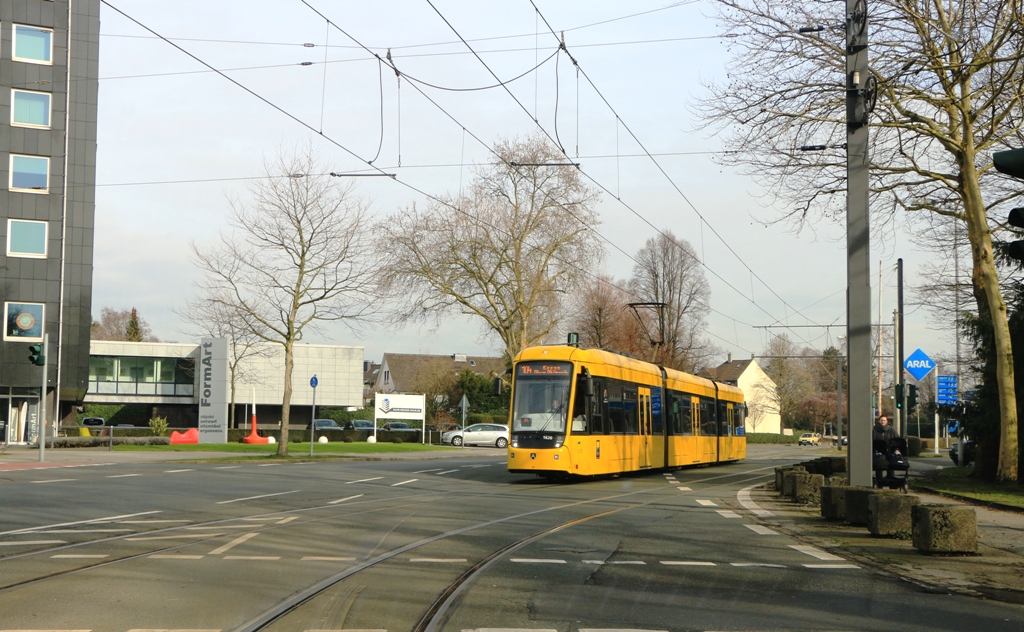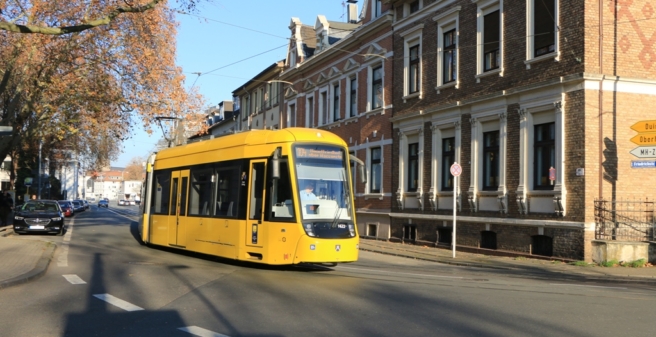
Some thoughts on the closure of the Kahlenberg tramway
Around the globe, new tramway and light rail systems and new lines are under construction, with existing systems being expanded, modernised and adapted to current requirements – in short, the trams are clearly “en vogue” in many places. Especially in many medium-sized cities, the tram is seen as the mode of choice to increase the attractiveness of public transport.
But this is not the case everywhere. At the moment, news from Mülheim an der Ruhr are particularly striking: The operator of the local tramway, the Ruhrbahn, reports:
“Parallel to the new local transport plan, there is a political decision to discontinue the tram service on the Kahlenbergast, which is in low demand. This affects tram 104, which will end at the Wertgasse stop when the timetable changes. The Wertgasse stop will be renamed “Ev. Krankenhaus”. Bus line 130 will take over here and compensate for the section. Until the new sweeping system is built, the tram 104 will end at the Kaiserplatz stop for the time being.” (network scheme: https://www.urbanrail.net/eu/de/e/essen.htm) Today, 6 August 2023, will be the last day of service on the so-called Kahlenberg section between Wertgasse and Oppspring in the course of line 104 – and this despite the fact that individual sections had been renovated with subsidies only a few years ago. But there are still other sections that were waiting to be rehabilitated – in vain. Diesel buses now run along Friedrichstraße, Kampstraße and Bismarckstraße.
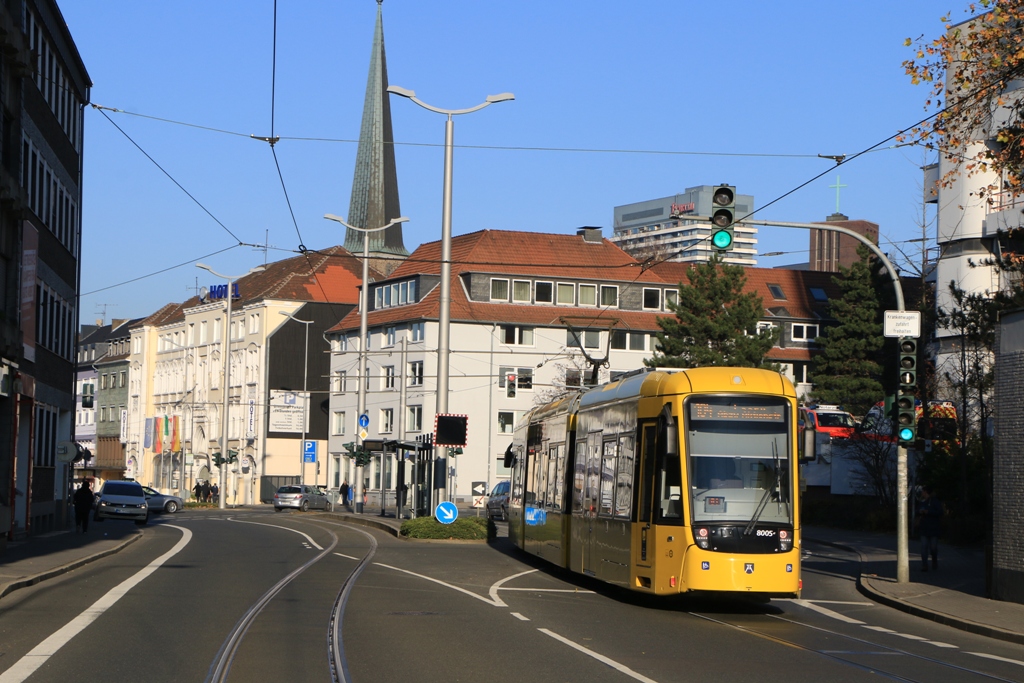
Complex initial situation
A metre-gauge tram has been running in the city for more than 100 years. But although the city, with a population of about 170,000 and an existing infrastructure, has a very good starting point for a modern, rail-based inner-city transport, the current situation is far from satisfactory.
Over several decades, sections of a modern light rail system in standard gauge were built in the past, which had to be made compatible with the existing metre-gauge tram network with considerable extra effort. This concentration on the parameters of a crossing-free, partly underground system according to the guidelines of the Stadtbahn Ruhr, which set the framework conditions for trams and light rail in Mülheim for several decades, is undoubtedly a burden, as it entails high maintenance costs for the existing facilities and restricts the financial leeway.
In recent years, individual sections of the traditional metre-gauge tram network have been shut down. In fact, these were the section from Hauptfriedhof to Essen/Mülheim airport and the branch line to Styrum – discontinued in 2012 and 2015 – both sections that had only low traffic volumes in their given form.
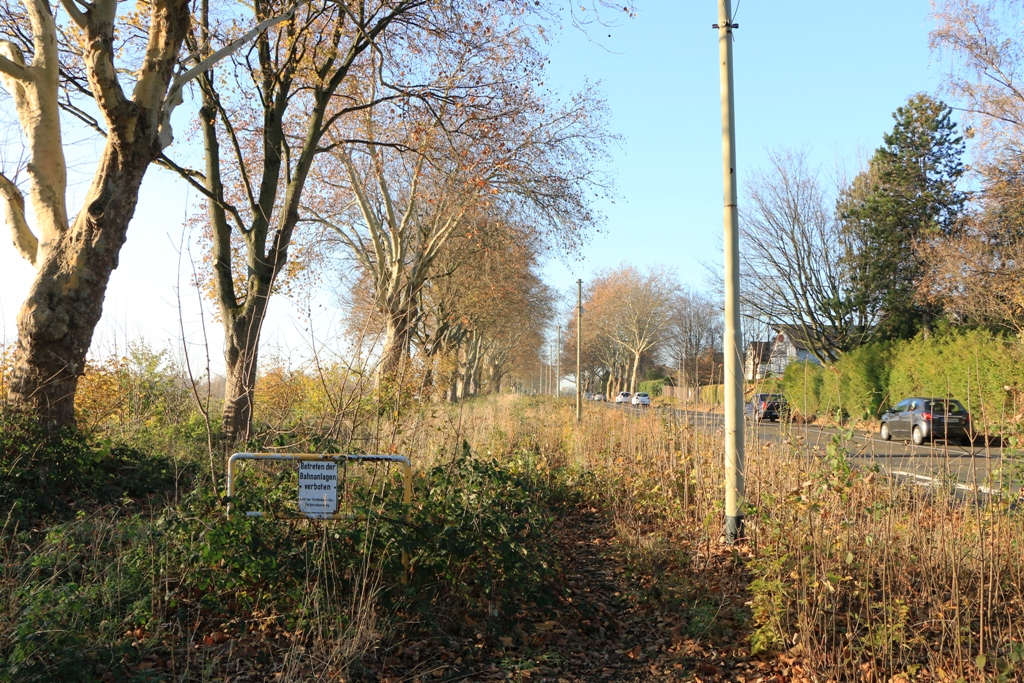
But this alone can hardly explain why extensions of the network elsewhere were not given priority and are currently no longer even being seriously considered. This includes in particular the construction of a new line to the large residential area of Saarn, which has been served exclusively by omnibuses since the closure of the old tram there (in 1968). Instead, Mülheim is concentrating on abandoning further sections of its network, and even a complete closure of tram operations was an option for some time. The current closure of the Kahlenberg line is certainly the culmination of negative developments in the town so far.
In the local election campaign, even the otherwise ecologically oriented Grüne (green party) did not oppose the closure, although it will undoubtedly replace a locally emission-free means of transport with a much less attractive one. In addition, this measure is unlikely to contribute to a recovery in passenger numbers of Mülheim’s public transport system, which has been declining continuously for years in pre-pandemic times. The steadily decreasing passenger numbers in Mülheim’s public transport network are clearly in contrast to the national trend and especially to the trend in many other cities of comparable size.
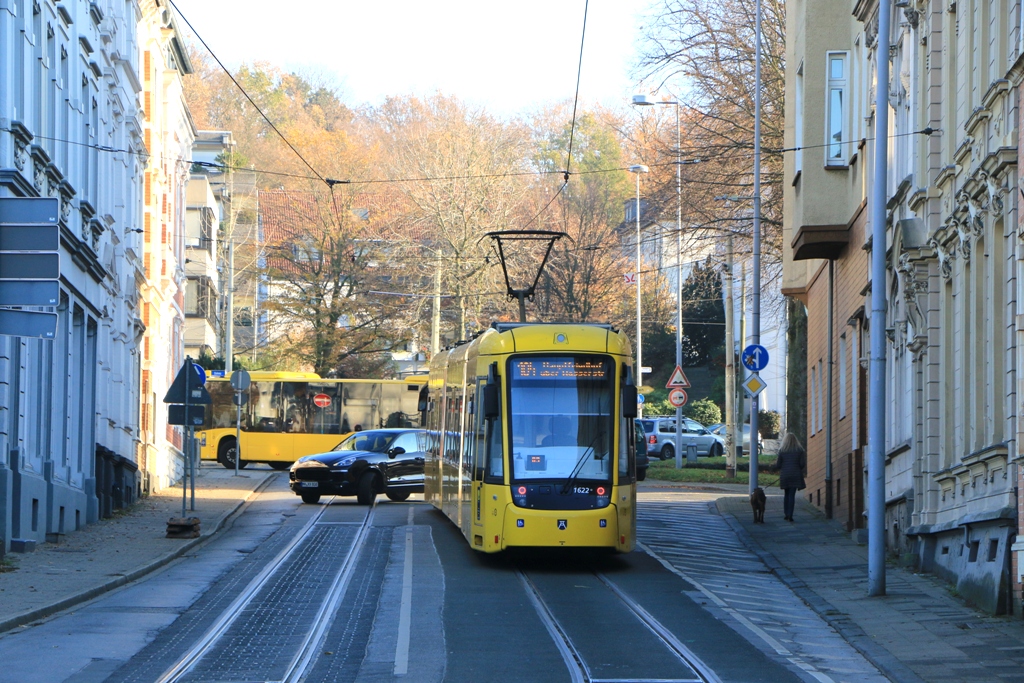
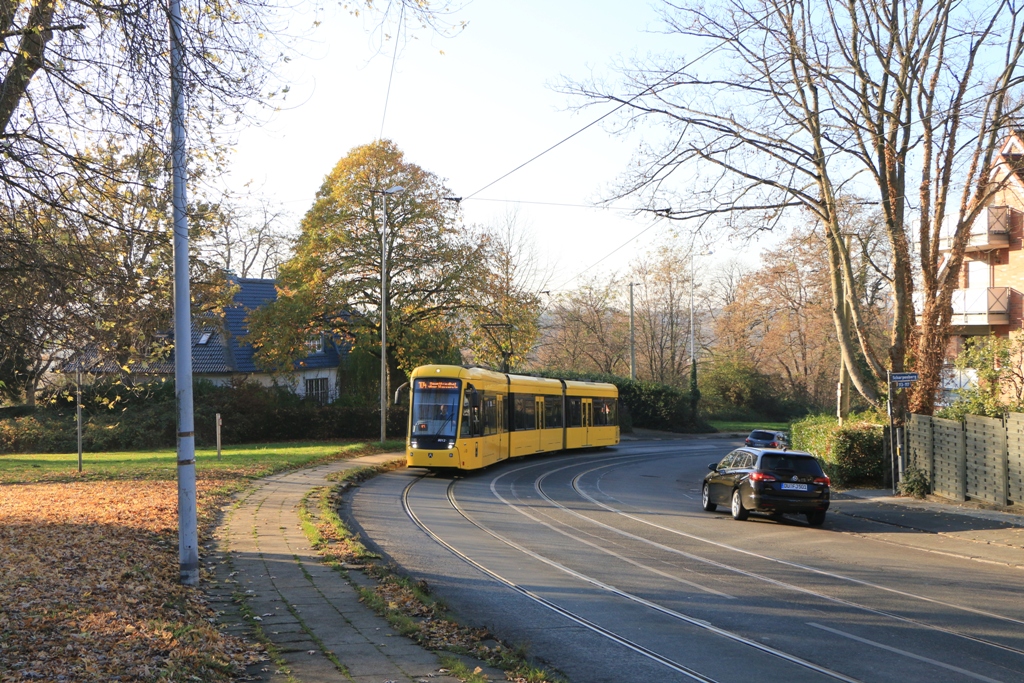
Is the situation in Mülheim really so much different?
You don’t have to be an outspoken tram enthusiast to ask yourself why measures to improve local transport and make it more attractive meet with so little real interest here. Is everything really different in Mülheim compared to many other medium-sized cities that have so successfully expanded their tram systems? With all due understanding for the difficult initial situation with high running costs due to “inherited burdens” in the form of under-utilised but extraordinarily maintenance-intensive tunnel constructions, a real strategy for the long-term improvement of the situation is not really recognizable. The optimised bus network mentioned in the local transport plan hardly offers any long-term perspective.
But perhaps it is not too late for word to get around, even in Mülheim an der Ruhr, that only an attractive service will attract more passengers in the long term, increase the utilisation of the entire system and thus improve the income and earnings of the operator in the long run.
